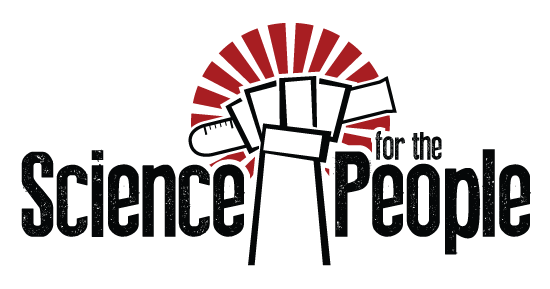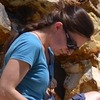Colour Me... Structurally? #473
May 11, 2018

This week on Science for the People, we're looking at a different way of producing colour than you might be used to. Structural colour relies on nano-scale structures to reflect particular wavelengths of light. To start things off, we'll be discussing some of the science behind naturally occurring colours, and the engineering to produce manufactured ones with PhD student Victoria Hwang. After that, Dr. Maria McNamara joins us to discuss how colour information is preserved in the fossil record and where the research is going.
And we couldn’t give you an episode on colour without some pictures!
Guests:
- Victoria Hwang
- Maria McNamara
Guest Bios
Victoria Hwang
Victoria Hwang is a PhD student in Applied Physics at Harvard University. Her research focuses on understanding the physics behind angle-independent structural colours and designing rules to create and expand the range of colours and saturations so far achieved. Applications for her research include long-lasting paints and coatings, and coloured electronic ink for displays. Prior to Harvard, she worked at Xerox PARC and Intellectual Ventures Laboratories in the areas of engineered colloidal materials and water sanitation. She received her Bachelor's degree in Chemical Engineering from Princeton University.
Maria McNamara
Maria McNamara is a palaeobiologist working on the preservation of soft tissues in fossil animals at University College Cork in Ireland. Much of her current research focuses on the preservation of colour in fossil insects and vertebrates. She is also interested in fossil preservation more broadly, including the skeletal taphonomy of fossils and the environmental and biological controls on preservation. Recent research highlights include the discovery of diverse feathers in a primitive ornithischian dinosaur from the Siberian Jurassic and a re-evaluation of the genesis of the "Chinese Pompeii" - the Early Cretaceous Lujiatun fossil locality renowned for preservation of articulated skeletons of dinosaurs and early birds.










